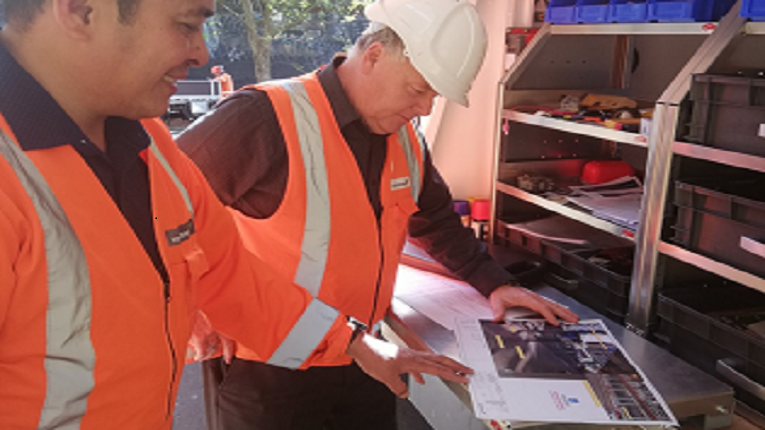
When you're deploying mobile technology solutions within an urban environment, there are many aspects that need to be considered for the project to run smoothly.
In late 2019 our team in New Zealand undertook a number of complex small-cell builds in Auckland to support greater capacity for the wireless network.
As New Zealand's wireless and fixed fibre networks converge to support data evolution, our people are changing the way we deliver. We're developing highly advanced, low-cost deployment techniques to install complex critical network infrastructure across challenging urban environments.
Traditionally, small-cell builds in urban environments require up to three separate build phases over a number of weeks to manage the different aspects of the build: power connection, fibre backhaul, and technical installs of the radio equipment.
However, as New Zealand's wireless network build approaches higher levels of network densification a new way of working is required. This network densification demands innovation in the way that small-cells are deployed.
In short, the industry is hunting for highly advanced and low-cost deployment techniques.
So, for this project, our Telecommunications team undertook all three build phases at once - using one traffic management setup - delivered over the course of two nights. To do this, the team was required to plan meticulously, leverage synergies between different work crews and ensure a high level of communication between stakeholders at all times.
"Doing what's never been done before, our team found a way to undertake these complex installs in a single traffic management setup," said Ventia Project Manager Jeremy Simons.
"To do this on Queen Street in the Auckland CBD - with a high concentration of underground services, significant reinforced concrete and special surfaces (bluestone), limited night-works-only access to retail areas with some of the highest pedestrian traffic in the country - required a high degree of planning and focus by the entire team.
"The end result is that the build quality and efficiency for the client was maximised and the impact on ratepayers, pedestrians and local businesses was minimised."